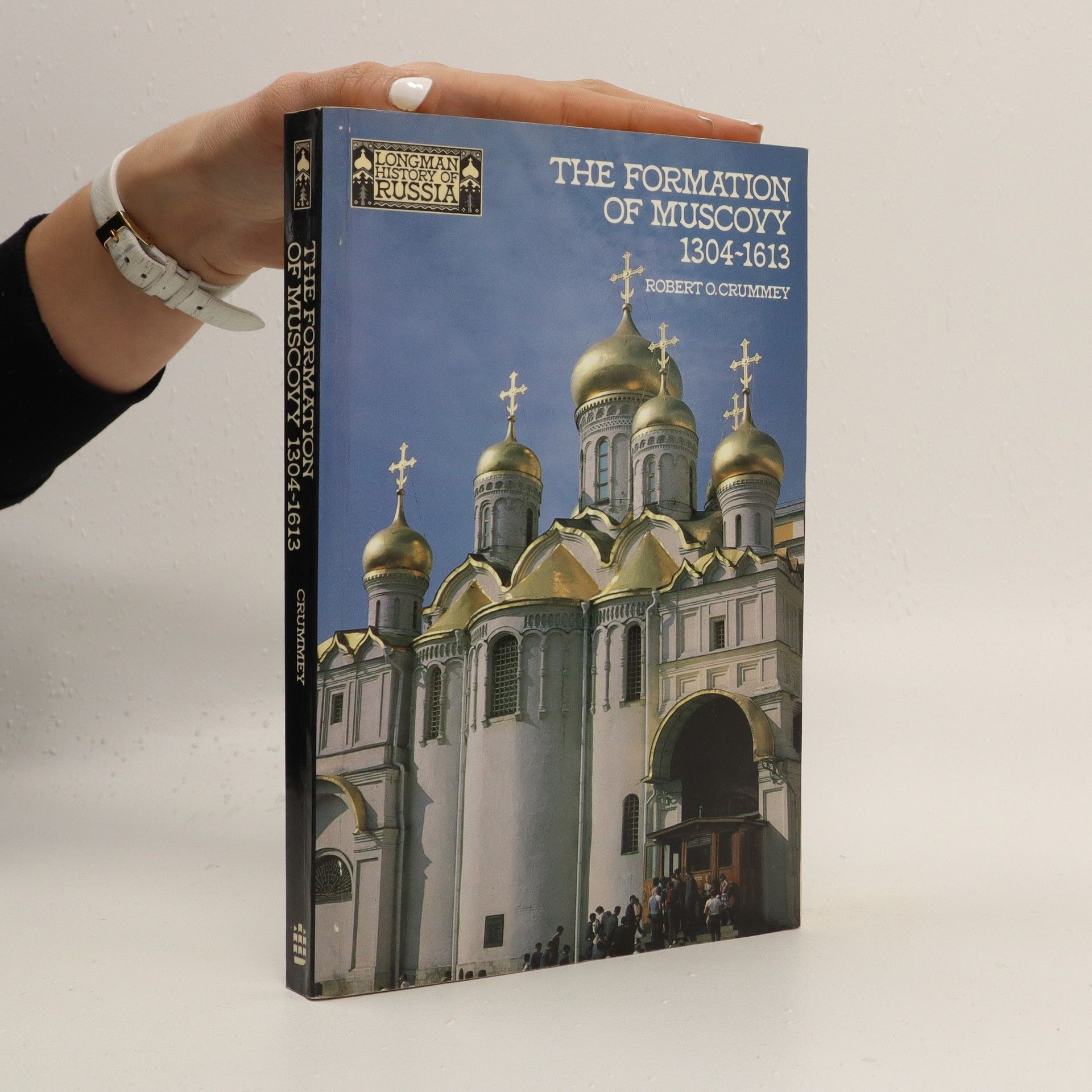The Formation of Muscovy 1304-1613
- 304 stránek
- 11 hodin čtení
This is a comprehensive account of the rise of the late medieval Russian monarchy with Moscow as its capital, which was to become the territorial core of the Soviet Union. The legacy of the Grand Princes and Tsars of Muscovy -- a tradition of strong governmental authority, the absence of legal corporations, and the requirement that all Russians contribute to the defence of the nation -- has shaped Russia's historical development down to our own time.
